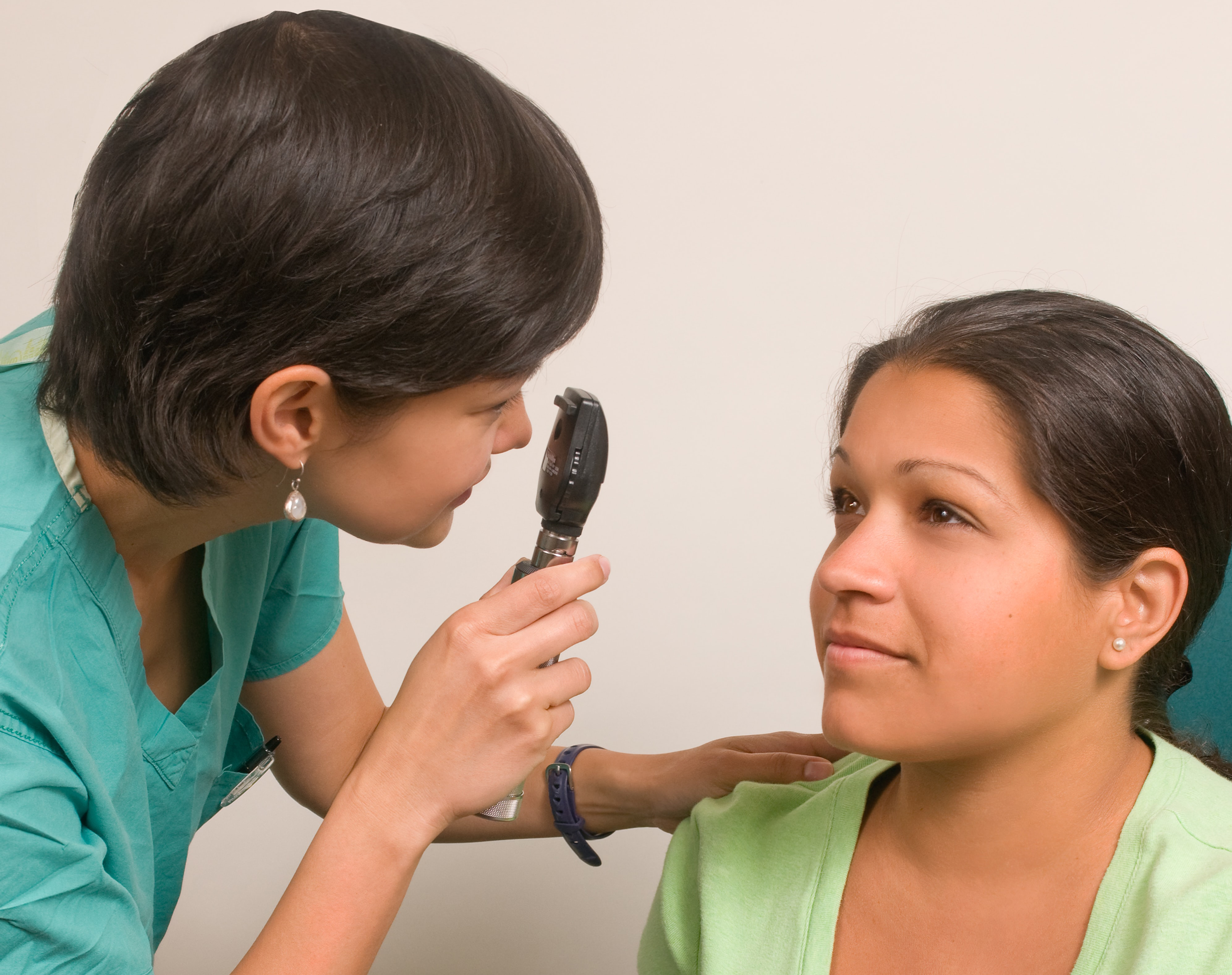 |
|
Rural counties with a higher prevalence of women, people who have less education, those who are uninsured and are ≥65 years old are more likely to have difficulty accessing eye care. Photo: CDC. |
As visual impairment becomes more prevalent in the United States, equitable and proportional patient accessibility to eyecare services is increasingly important. The US Department of Health and Human Services uses a population-to-physician ratio, in addition to other vital statistics, to determine health provider shortage areas to better define patient accessibility to primary care physicians. This system is currently available for primary care physicians, dentists and mental health providers. It is unclear whether it can also be applied to eyecare providers (ECPs).
The researchers examined the association of health provider shortage areas with vision loss and ECP density. Among the 72,735 census tracts included, there were statistically significant but weak correlations of provider shortages with visual impairment and ECP density per county population. Only 54% of the census tracts with <25th percentile ECP density per county were health provider shortage areas. Of the census tracts with >75th percentile for visual impairment, only 58% were health provider shortage areas.
Regression analysis found a worse accessibility in rural counties (odds ratio [OR]: 2.47) and counties with a greater prevalence of residents with less than a high school education (OR: 1.21), areas with residents ≥65 years old (OR: 1.10) and those with a high proportion of uninsured residents (OR: 1.04). Counties with a greater proportion of men (OR: 0.93) or Caucasian residents (OR: 0.99) had a lower odds of ECP patient accessibility score ≥75th percentile.
“As the US population ages and visual impairment increases, we must strive to ensure adequate eye care is available to all Americans,” the authors wrote in their paper for htre Ophthalmology journal. “Focusing on addressing characteristics like education level, health insurance and poverty-level, in addition to incentivizing ECPs to provide care in these areas, may synergistically improve accessibility to both MDs and ODs.”
Soares RR, Mokhashi N, Sharpe J, et al. Patient accessibility to eye care in the United States. Ophthalmology. November 22, 2022. [Epub ahead of print]. |

